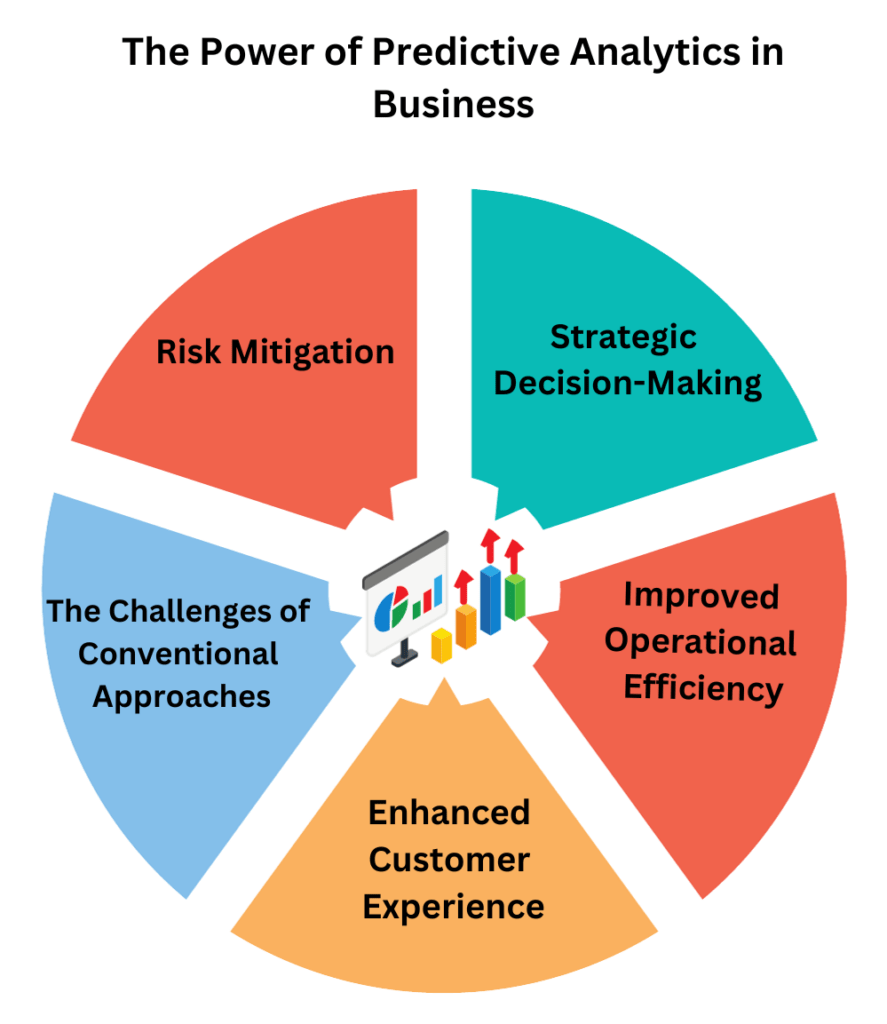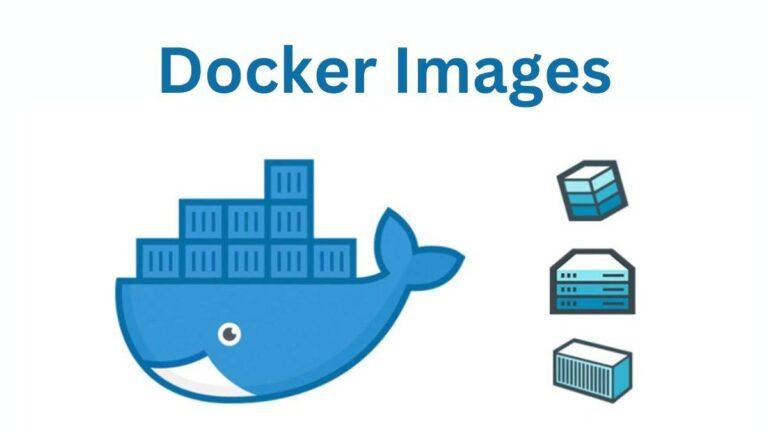In today’s competitive market, businesses seek ways to stay ahead. Predictive analytics, a tool that uses data and algorithms to forecast future trends, is essential. It helps companies anticipate outcomes, enabling smarter decisions and driving growth.

Understanding Predictive Analytics
Predictive analytics analyzes past data to predict future events. Unlike descriptive analytics, which looks at past trends, predictive analytics forecasts what might happen. This allows businesses to act proactively.
Enhancing Decision-Making
One of the key benefits is improved decision-making. Predictive analytics provides insights into future scenarios, helping companies align choices with strategic goals. For example, a retailer can forecast product demand to optimize inventory.
Personalizing Customer Experiences
Predictive analytics also enhances customer experiences. By analyzing behaviors and preferences, businesses can tailor marketing efforts, recommend products, and offer personalized promotions. This leads to increased customer satisfaction.
Optimizing Operations
Beyond customer interactions, predictive analytics improves internal processes. For instance, manufacturers can predict equipment failures, scheduling maintenance before issues arise. Supply chains can also predict delays, allowing for preemptive solutions.
Driving Innovation
Innovation is crucial for growth. Predictive analytics identifies trends and opportunities, guiding the development of new products. It also helps companies focus R&D efforts on promising areas, saving time and resources.
Mitigating Risk
Businesses face various risks, but predictive analytics can anticipate and mitigate them. For example, financial institutions can predict loan defaults, improving lending decisions. Supply chains can foresee disruptions and plan accordingly.
Improving Financial Performance
The ultimate goal is better financial performance. Predictive analytics optimizes pricing, reduces inefficiencies, and enhances customer retention. By directing resources to high-potential areas, companies can boost revenue and profitability.
Overcoming Challenges
While beneficial, implementing predictive analytics poses challenges like data quality and model complexity. Skilled personnel are needed to interpret insights, and initiatives must align with strategic goals.
Conclusion
Predictive analytics is essential in today’s business landscape. It enhances decision-making, personalizes customer experiences, optimizes operations, drives innovation, mitigates risks, and improves financial performance. Companies that embrace predictive analytics will be better equipped for future success.



